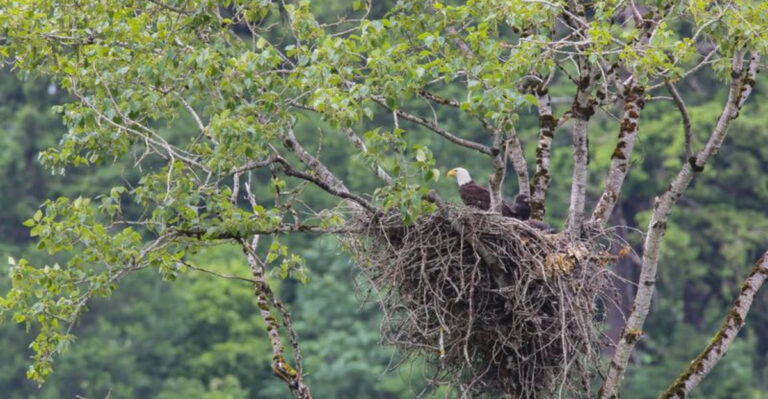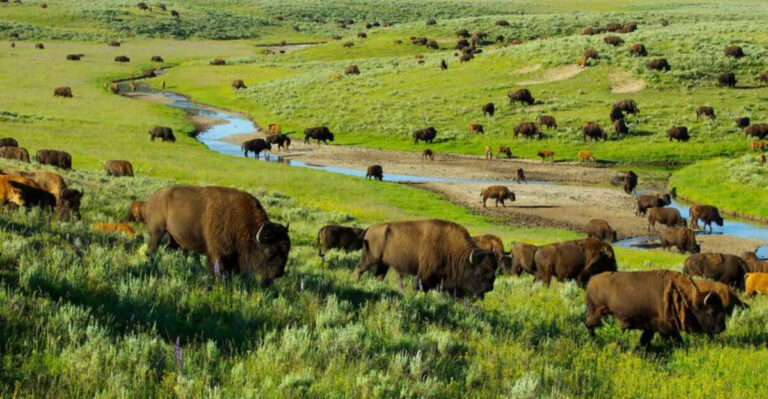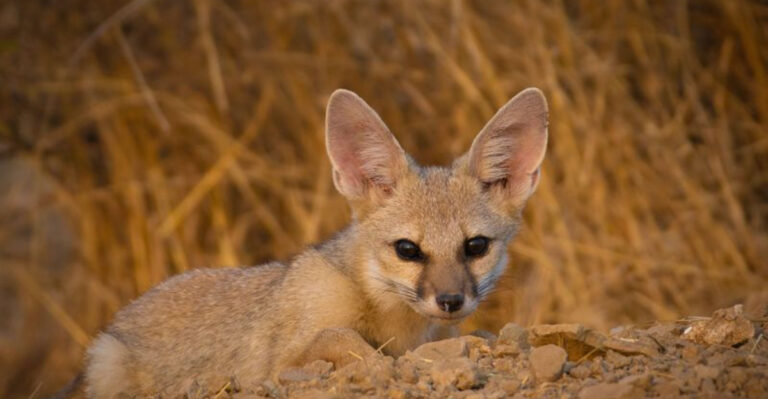Rare Animal Found After 130 Years In The Chilean Mountains
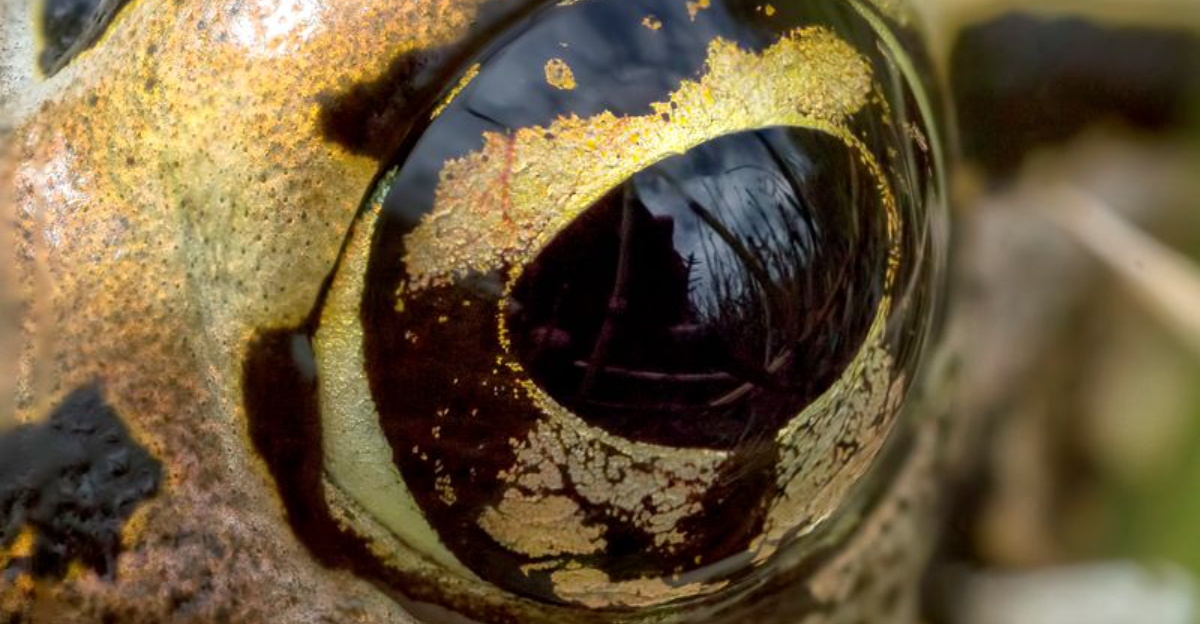
Imagine a creature so elusive it vanished for over a century, leaving scientists to believe it was gone forever. In a remarkable twist of scientific fortune, the Alsodes vittatus frog has reappeared in Chile’s remote mountain regions after a 130-year absence.
This rediscovery not only rewrites what we know about extinction but offers a glimmer of hope for other species thought lost to time.
1. The Rediscovery Of Alsodes Vittatus, A Century-Long Mystery
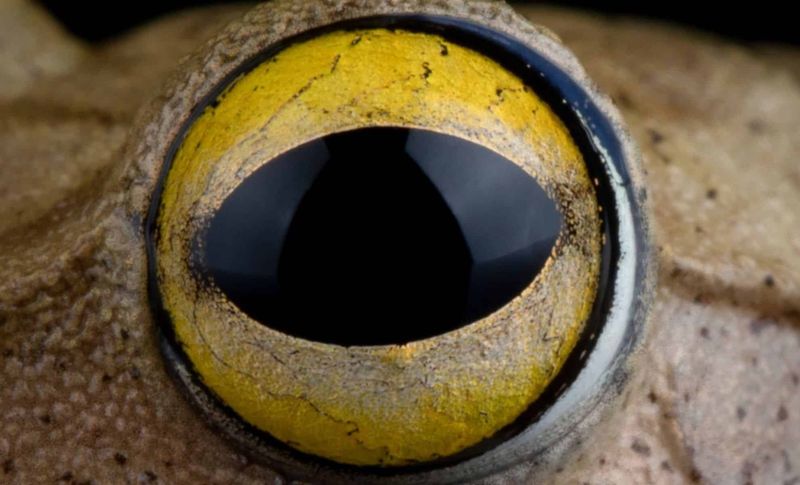
Imagine the shock when biologists stumbled upon a species everyone thought was extinct! This incredible moment happened in a remote Chilean stream where researchers spotted the distinctive yellow-striped amphibian.
After 130 years of absence from scientific records, the frog’s return feels like seeing a ghost from the past.
2. What Makes Alsodes Vittatus So Unique?
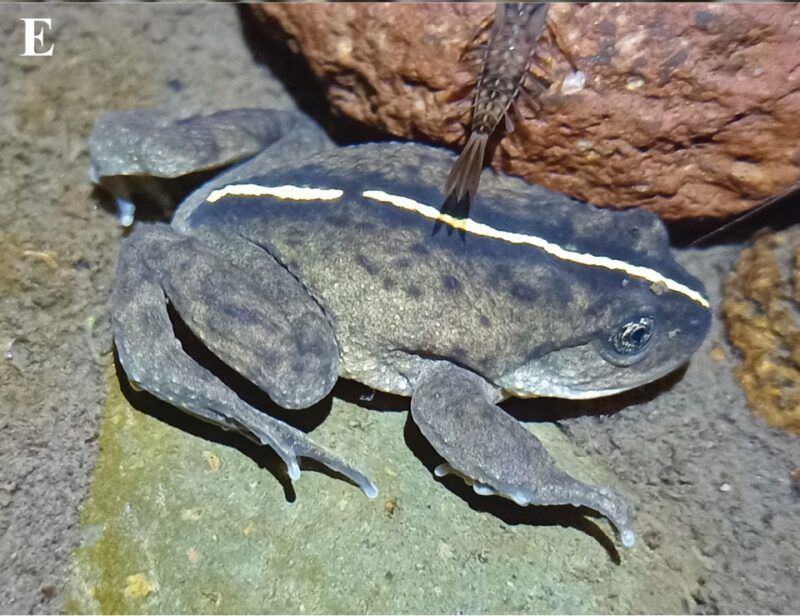
Yellow racing stripes run along this frog’s back, making it stand out among its amphibian relatives. Its body has adapted perfectly to the cold mountain streams where water temperatures barely rise above freezing.
Most fascinating is its unusual tadpole stage that can last for years, a rare adaptation to harsh mountain environments.
3. How Scientists Finally Found It

Determination drove a small team of researchers to search countless streams across Chile’s rugged mountains. They examined historical records and local stories about strange frogs living in remote waterways.
Success came when they expanded their search area beyond the original discovery site, proving how adaptable these creatures actually are.
4. The Last Known Sightings Of Alsodes vittatus
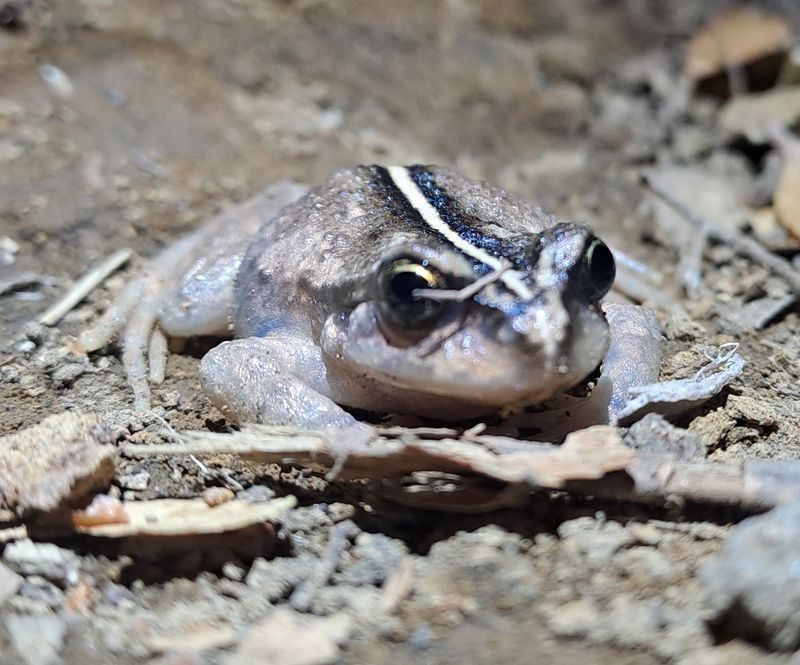
Victorian-era naturalists first documented this frog in 1892, describing it in journals with detailed hand-drawn illustrations. After that initial discovery, the trail went cold despite several expeditions trying to locate more specimens.
For generations, it existed only in museum specimens and faded scientific papers, becoming almost mythical.
5. The Role Of Chile’s Remote Mountains In Preserving Rare Species

Isolation creates perfect sanctuaries for species that might otherwise disappear. Chile’s mountainous terrain forms countless microclimates where unique plants and animals evolve separately from the wider world.
These natural fortresses shield vulnerable populations from human development, allowing rarities like Alsodes vittatus to persist unseen for generations.
6. How Alsodes Vittatus Survived 130 Years In Hiding
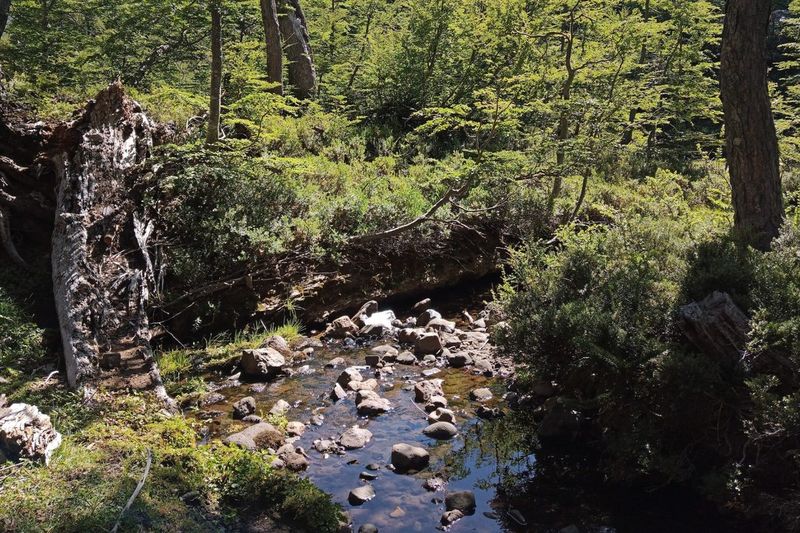
Secretive behavior helps these frogs stay hidden from predators and humans alike. They prefer deep crevices between rocks where water flows year-round, emerging mainly during nighttime hours.
Their small population likely spread across multiple isolated stream systems, making complete detection nearly impossible until recent survey techniques improved.
7. Challenges Of Tracking Down An Extinct Species
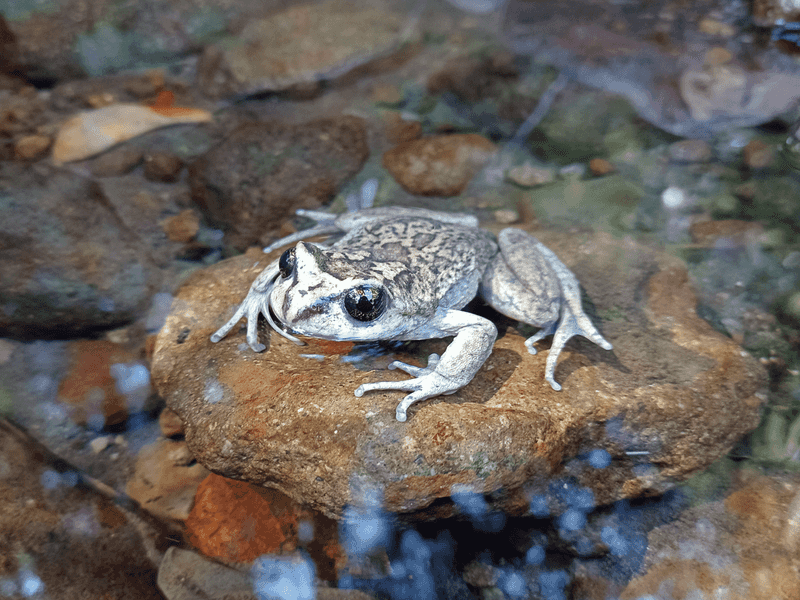
Finding something that supposedly doesn’t exist means questioning every assumption. Researchers faced treacherous terrain, freezing water, and the psychological burden of potentially wasting resources on a wild goose chase.
Many expeditions returned empty-handed, making the eventual success all the more remarkable for those who refused to give up.
8. The Ecological Importance Of Alsodes vittatus In Its Habitat
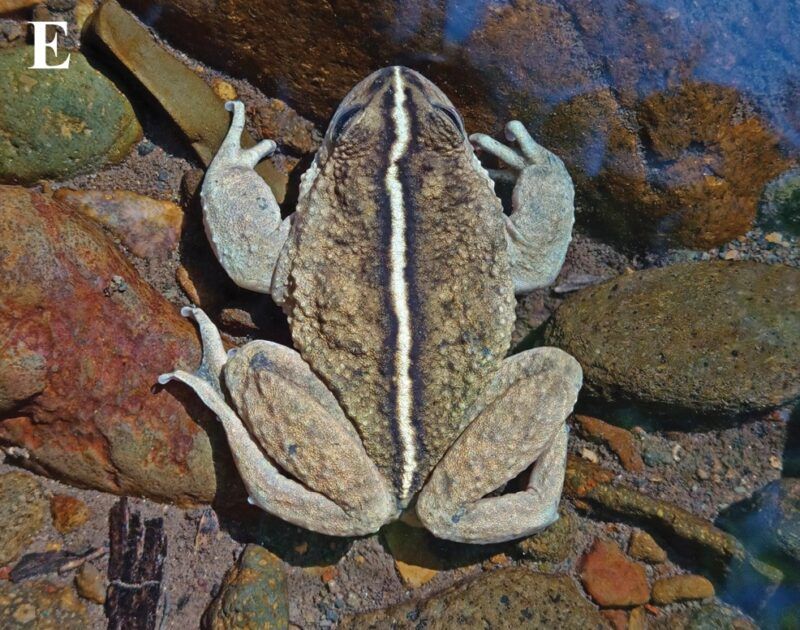
Every frog serves as both predator and prey in its ecosystem. Alsodes vittatus controls insect populations while providing food for birds and larger amphibians in the mountain streams.
Their tadpoles help keep waterways clean by consuming algae and debris, maintaining the delicate balance of these pristine mountain environments.
9. The Significance Of The Alsodes vittatus Discovery For Conservation
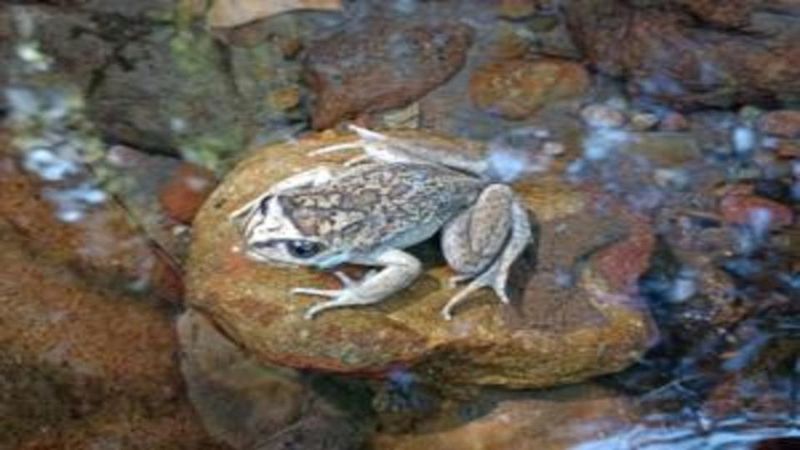
Hope emerges when supposedly extinct species reappear. This discovery challenges the finality of extinction declarations and suggests other “lost” species might still survive in overlooked habitats.
Conservation funding often increases after such rediscoveries, creating momentum that helps protect entire ecosystems rather than just single species.
10. How The Rediscovery Could Help Preserve Other Endangered Species
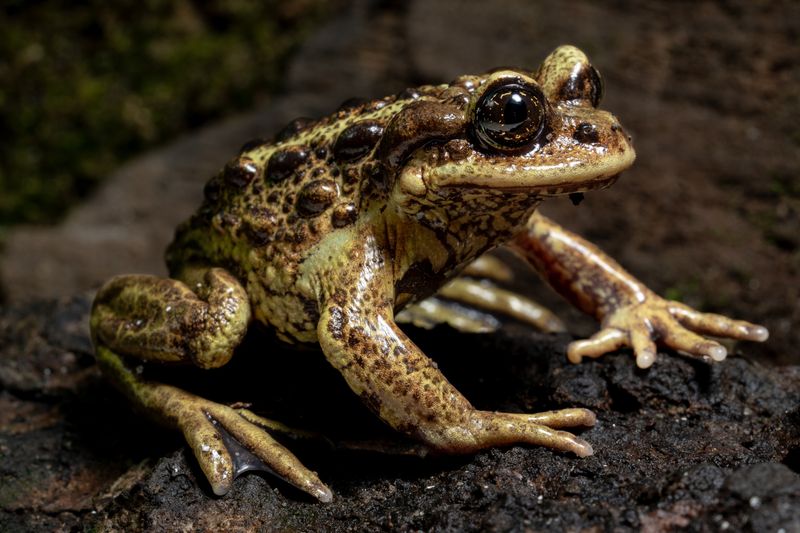
Success stories inspire renewed search efforts worldwide. Techniques developed to find Alsodes vittatus, like environmental DNA sampling from water, now help track other elusive amphibians globally.
The publicity surrounding this rediscovery has increased public awareness about biodiversity loss while demonstrating that conservation action can yield positive results.
11. Meet The Researcher Behind The Alsodes vittatus Discovery

Passionate dedication drove this team through years of disappointment. Led by Chilean herpetologist Dr. Claudio Soto-Azat, they combined old-school field techniques with cutting-edge genetic analysis to confirm their amazing find.
Many team members started as university students, turning a classroom project into a career-defining discovery that will appear in textbooks for generations.
12. The Impact Of Climate Change On Species Like Alsodes vittatus
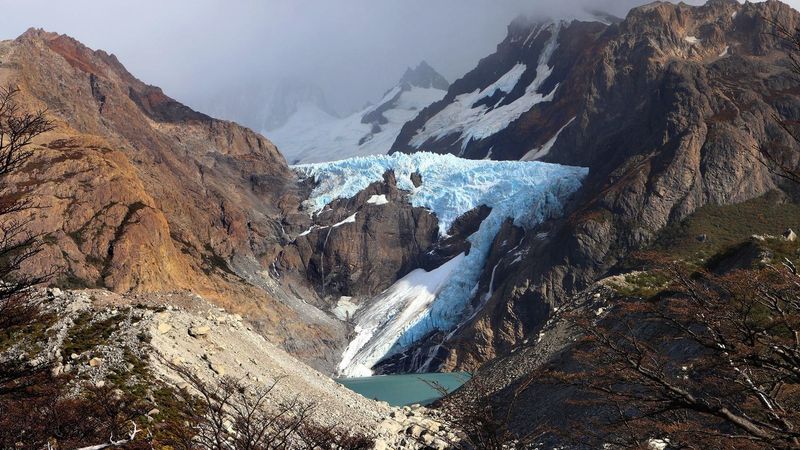
Mountain amphibians face rising temperatures that threaten their cool-water habitats. As glaciers recede and seasonal patterns shift, these specialized creatures have nowhere higher to migrate.
Disease spreads more easily in warmer waters, potentially introducing new pathogens to populations with no natural immunity, making conservation efforts increasingly urgent.
13. What’s Next For Alsodes vittatus, Conservation Plans And The Future

Captive breeding programs might create insurance populations against future threats. Protected area designations are being fast-tracked around rediscovery sites to prevent development or resource extraction.
Genetic samples are helping scientists understand this species’ remarkable survival story, potentially revealing adaptations that could help other endangered amphibians worldwide.
14. The Mystical Habitat Of Chilean Mountains

Nestled within the breathtaking Chilean mountains, the rediscovered creature had long been a part of the area’s intricate ecosystem.
The mountains serve as a sanctuary for various species, including those believed to be extinct. Their rugged terrain and secluded valleys provide an ideal refuge away from human interference.
These mountains are not just a home but a thriving community of life, each organism playing a vital role. The recent discovery emphasizes the mountains’ role in nurturing biodiversity, offering a glimpse into nature’s tenacity.
15. The Guardian Of The Andes
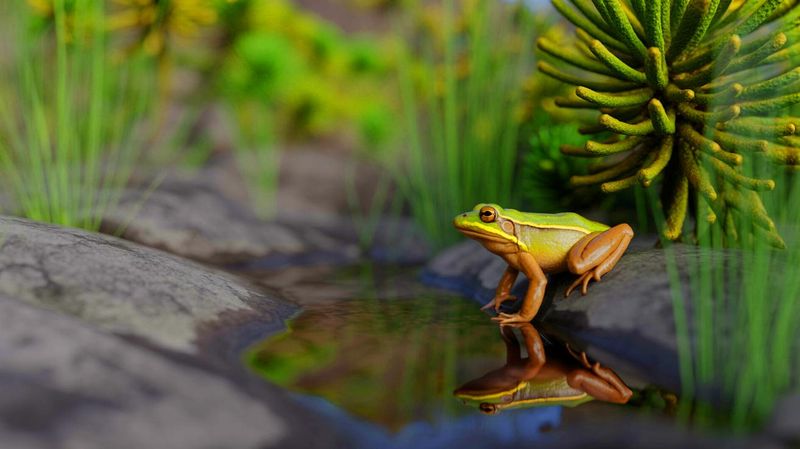
In the shadow of the Andes, local conservationists have tirelessly worked to preserve the region’s natural beauty.
Their commitment has finally paid off with the rediscovery, showing how dedicated efforts can lead to monumental discoveries. Conservation plays a crucial role in safeguarding species believed lost.
This event showcases the impact of perseverance, inspiring others to protect fragile ecosystems. The Andes stand as a testament to human dedication, where every effort counts towards maintaining the planet’s biodiversity.

